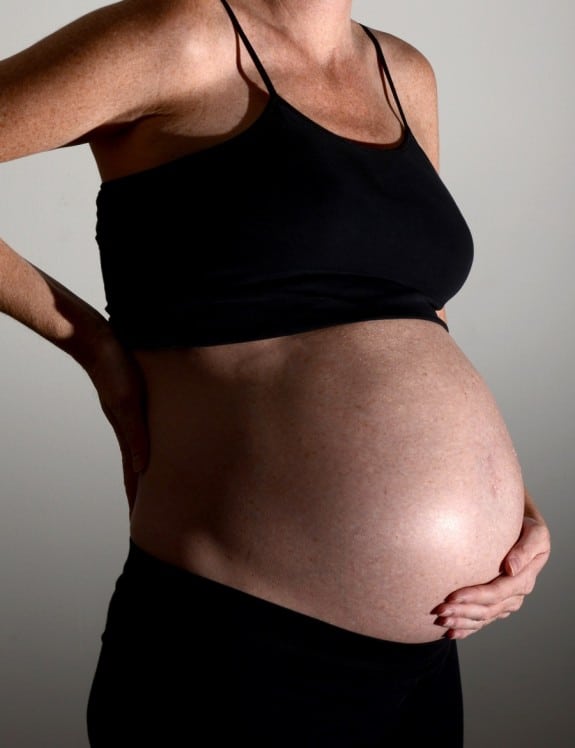
And guess what: you’re not alone!
We can’t even begin to count how many mothers have headed to the hospital early, only to be sent home and then not make it back to the hospital the second time around. Or the mothers that never made it to the hospital at all. And these are only the stories of non-hospital deliveries; countless mothers mistake Braxton Hicks contractions for labor contractions and then head off to the hospital, only to discover that they aren’t really in labor. And then, of course, there’s that issue of not being able to accurately report when the contractions started, or how far apart they really are.
One device could be changing all of these issues, and it’s set to hit the market in 2015.
Developed by Bloom Technologies, the light, portable device uses state-of-the-art technology to help track contractions. This enables mothers to replace the manual timing of contractions so that they can better listen to their bodies while the contraction happens, rather than concentrating on when the contractions start and end. And it can help to provide medical professionals with the information they need once it comes time for mom to head to the hospital.
Slated to be submitted to the FDA for approval, it is expected to hit the commercial markets some time in 2015. Upon release, the wearable device will measure frequency, duration, and intensity of contractions. Algorithm updates will eventually be released to help distinguish the difference between Braxton Hicks and labor inducing contractions, as well as other fetal and maternal parameters that can indicate overall health for both.
But this device will do more than just help moms figure out when to go to the hospital and when to hang back and wait; Bloom plans to partner with clinical researchers to help track potential problems for some of the most common pregnancy complications like gestational diabetes, preeclampsia, and preterm births, hopefully helping science get one step ahead of these sometimes dangerous conditions.
“This technology could help gather data on a population that we desperately need more information on,” Jessica Haag, a certified nurse midwife said. “As a clinician, evidenced based care is the gold standard and especially in maternal/neonatal health where we are struggling to get good outcomes in this country.”
Related Articles:
- Canadian Mother Delivers in US and is Handed Million Dollar Medical Bill
- Preterm Birth Identified as Leading Cause of Death in Young Children
- Despite Lingering Complications 10.5 Ounce Miracle Baby Defies All Odds






